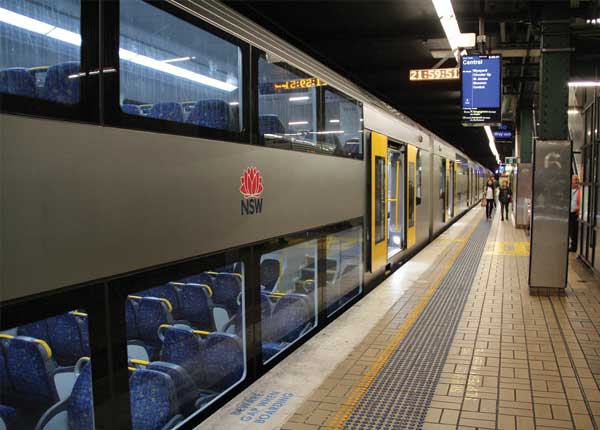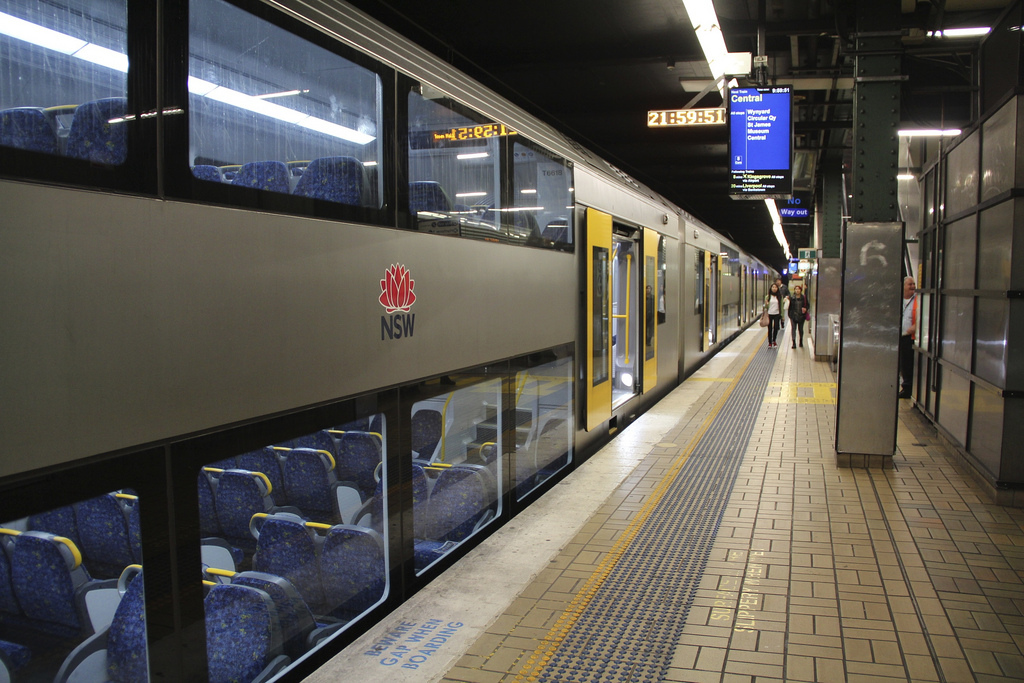A growing and sustained push by state governments to boost rail infrastructure despite a lack of federal funding commitment has the train and track lobby all fired-up after the New South Wales government laid down $9 billion in transport funding commitments in the 2014-15 Budget, which features major investment in Sydney’s public transport services, rail and supporting infrastructure.
The big re-commitment in the Budget to better integrated and connected transport systems includes an allocation of $1.5 billion to build both new heavy and light rail lines in poorly serviced but well-populated areas, as well as $1 billion to construct the North and South West Rail Links, which the government has indicated will use automated driverless trains.
The heavy spend on public transport and rail is a strong sign that Coalition state governments are no longer prepared to bet their electoral fortunes on just building or expanding new roads and freeways as core infrastructure without also looking for alternatives to take pressure off roads.
A key aim of the NSW government has been to make a big dent in transport congestion that has over the years started to nudge breaking point because of capacity constraints and previous lack of sustained investment.
Sydney’s railways have come under major pressure thanks to a rapidly growing population, which has in turn produced badly over-crowded trains and station platforms, an issue that the Coalition state government has sought to immediately address in its first term by integrating once separate and competing transport agencies.
The Australasian Rail Association (ARA) claims congestion is now costing Sydney more than $5 billion each year, an overhead that is worn by businesses as much as commuters.
Although previously flagged, the NSW Budget put a major focus on less expensive light rail by allocating $400 million to construct dedicated in Parramatta, a key strategy to fighting congestion in what the government calls “Sydney’s second capital”.
Parramatta has been designated a major investment target with a $2 billion high rise redevelopment of its central commercial area slated for construction as a way to take pressure off the CBD and push more wealth west.
Other major projects in the Budget include a further $265 million to deliver light rail to the CBD and South East.
That project aims to reconnect much higher capacity modes of public transit between the city and the eastern suburbs which were sacrificed when the state government killed off Sydney’s once extensive tram network in 1961, pushing commuters into cars or onto the bus network.
ARA chief executive officer Bryan Nye said the scale of this year’s investment was the “proof in the pudding” that the Baird government was “serious about improving Sydney’s transport”.
“In all, this Budget is reflective of a forward thinking NSW Government that is focussed on and committed to delivering a robust transport network for its capital city,” Mr Nye said.
The ARA’s praise for the state government’s rail commitment sits in stark contrast to its stern criticism of the federal government’s controversial 2014-15 Budget, which the Association felt was severely lacking in investment in Australia’s rail future.
Immediately following the release of the federal Budget, Mr Nye slammed its spending priorities as a “reflection of the federal Coalition government’s attitude” towards infrastructure funding, “which unfortunately is roads, roads and more roads”.
The Association expressed its “utter disbelief” that in the federal Budget’s total $39 billion investment into infrastructure, there was a “drastic” decrease of 70 per cent in funding for rail over the next four years.
Although Mr Nye said he welcomed the federal government’s commitment of $2.7 billion for rail, “it was a mere drop in the ocean” compared to the $26.8 billion for roads in the forward estimates.






Leave a Reply